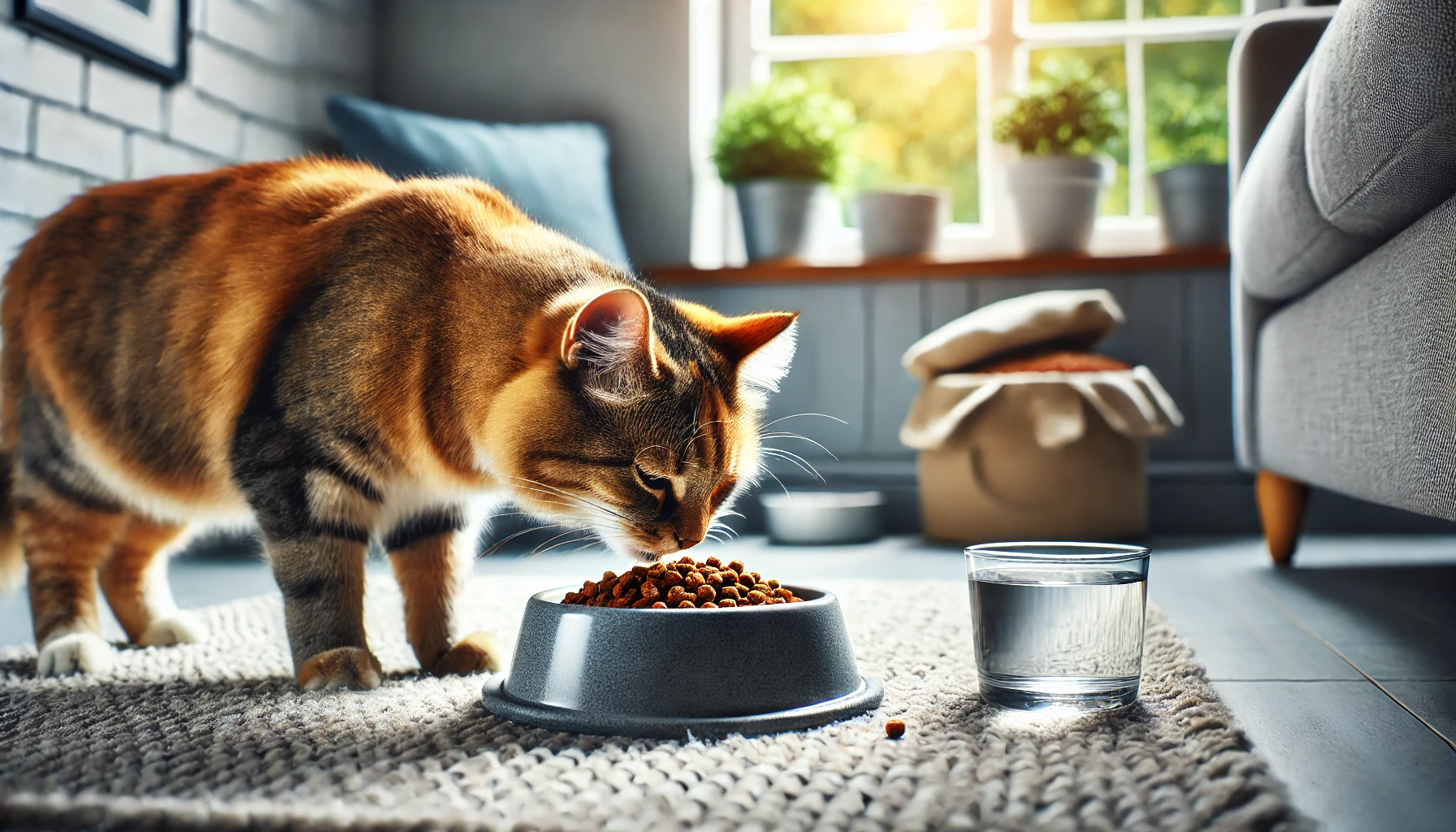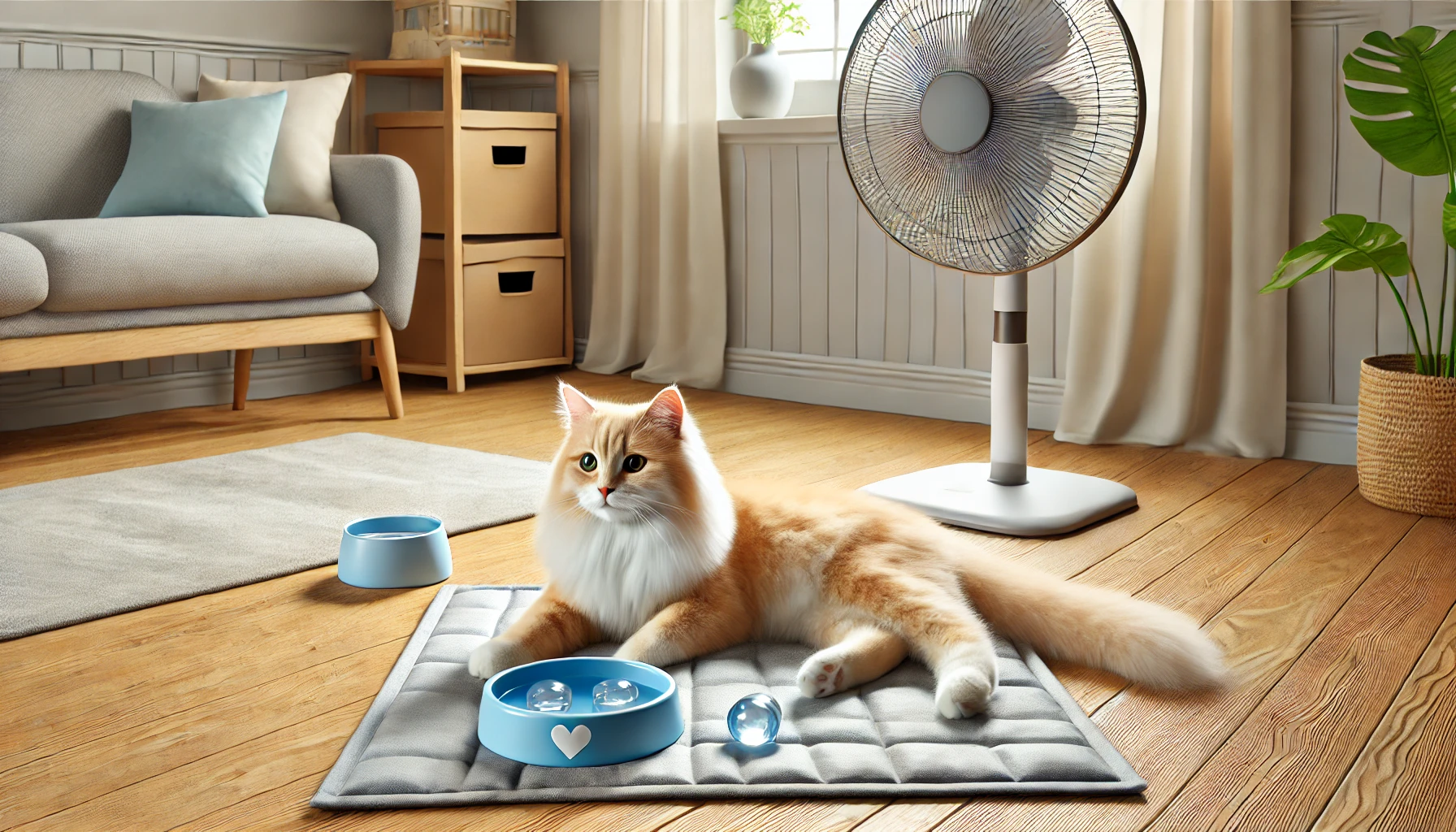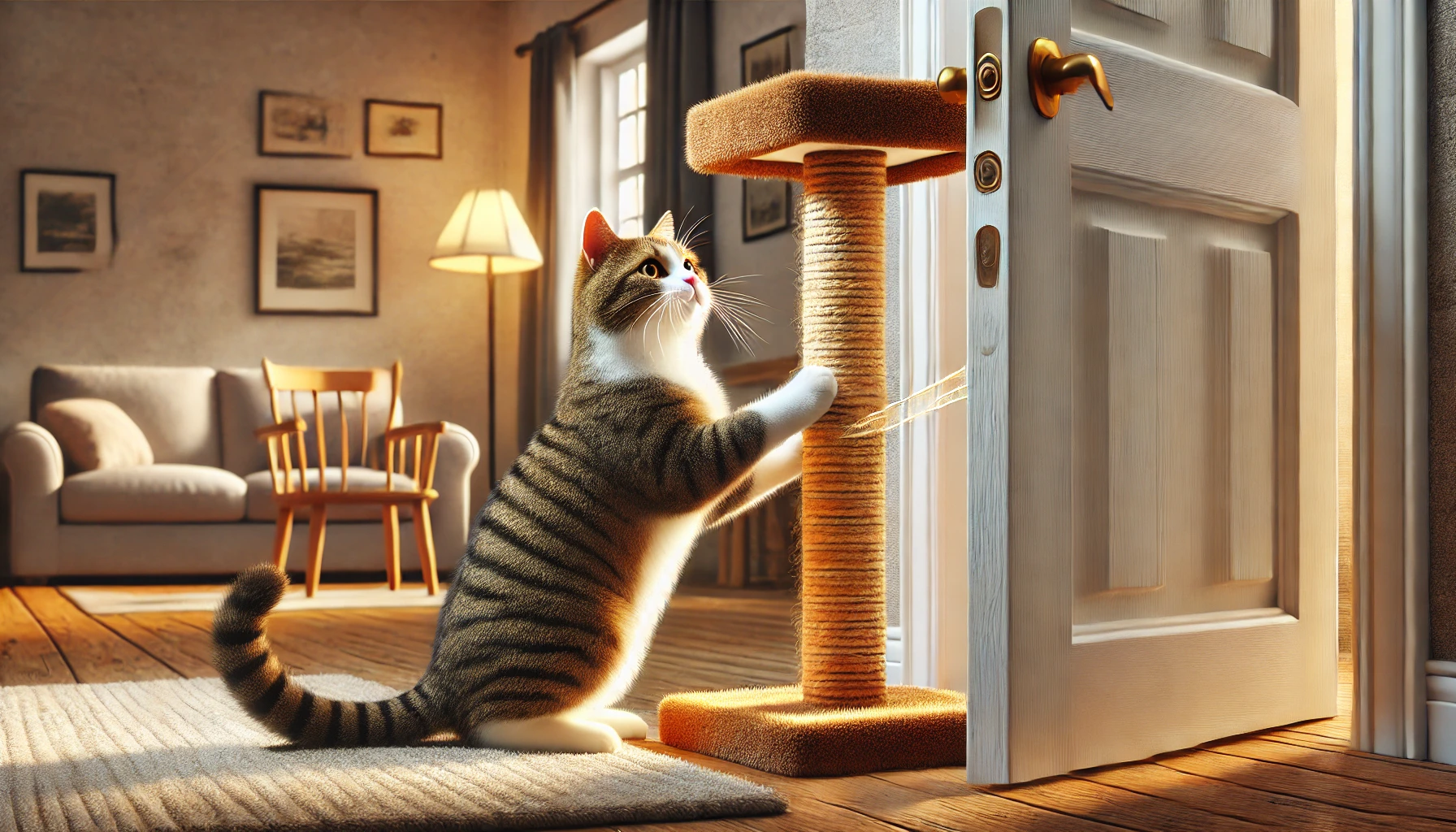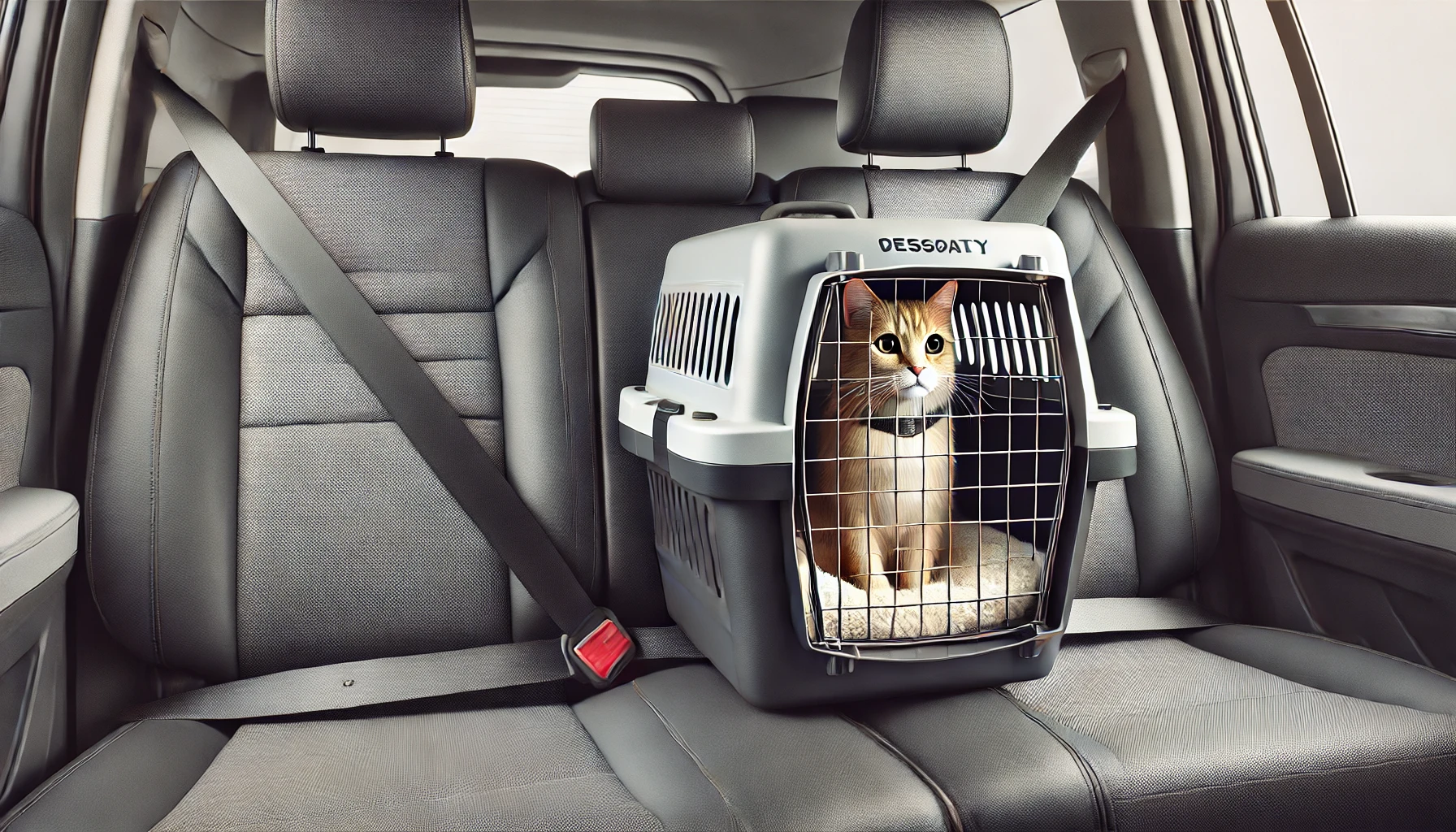Feeding your cat the right way is one of the most important aspects of pet care. Proper nutrition affects their health, energy levels, coat condition, and overall well-being. However, with so many food options available, it can be confusing to decide what’s best.
In this guide, we’ll cover what cats should eat, how often to feed them, the difference between wet and dry food, common feeding mistakes, and special dietary needs.
1. Understanding a Cat’s Nutritional Needs
Cats are obligate carnivores, which means they require animal-based protein to survive. Unlike omnivores (like dogs or humans), cats cannot get essential nutrients from plant-based foods alone.
Essential Nutrients for Cats:
✅ Protein – Found in meat, poultry, and fish; essential for muscle maintenance.
✅ Taurine – An amino acid necessary for heart health, vision, and reproduction.
✅ Fats – Provide energy and support healthy skin and fur.
✅ Vitamins & Minerals – Such as vitamin A, B-complex, calcium, and phosphorus.
✅ Water – Essential for hydration and kidney health.
Feeding a well-balanced diet ensures that your cat gets all these essential nutrients to stay active, maintain a healthy weight, and prevent diseases.
2. Types of Cat Food: Wet vs. Dry vs. Raw
There are three main types of cat food: wet, dry, and raw. Each has its advantages and drawbacks.
Wet Cat Food (Canned Food)
✔ Higher moisture content (great for hydration)
✔ More palatable and flavorful
✔ Closer to a cat’s natural diet
✖ More expensive than dry food
✖ Must be refrigerated after opening
Dry Cat Food (Kibble)
✔ More affordable and convenient
✔ Helps with dental health (prevents plaque buildup)
✔ Can be left out for free-feeding
✖ Lower moisture content (risk of dehydration)
✖ Some brands have more fillers and carbs
Raw Diet (Homemade or Commercial Raw)
✔ Most natural option (mimics a cat’s diet in the wild)
✔ Rich in fresh nutrients
✔ Often grain-free
✖ Requires careful preparation
✖ Can carry bacteria if not handled properly
Which is the best?
A mix of wet and dry food is often ideal. Wet food ensures hydration and better digestion, while dry food is affordable and convenient.
3. How Often Should You Feed Your Cat?
The feeding schedule depends on age, activity level, and health condition.
Kitten Feeding Schedule
- 0–4 weeks: Mother’s milk or kitten formula.
- 4–8 weeks: Wet kitten food, fed 4–5 times a day.
- 2–6 months: 3–4 meals per day.
- 6–12 months: 2–3 meals per day.
Adult Cat Feeding Schedule
- 1–7 years: 2 meals per day (morning and evening).
- 7+ years (Senior Cats): 2 smaller meals, with easily digestible food.
Free-Feeding vs. Scheduled Feeding
🐾 Free-Feeding (Leaving food out all day)
✔ Works well with dry food
✔ Good for independent cats
✖ Can lead to obesity if not portion-controlled
🐾 Scheduled Feeding (Set meal times)
✔ Helps with portion control
✔ Easier to monitor eating habits
✔ Prevents overeating
If your cat tends to overeat, it’s best to follow scheduled meals rather than free-feeding.
4. Foods That Are Toxic to Cats
🚫 Avoid these harmful foods at all costs:
- Chocolate & Caffeine – Contains theobromine, toxic to cats.
- Onions & Garlic – Damages red blood cells, leading to anemia.
- Grapes & Raisins – Can cause kidney failure.
- Dairy Products – Many cats are lactose intolerant.
- Raw Fish & Bones – Risk of bacteria and choking.
- Dog Food – Lacks essential nutrients for cats.
If your cat ingests any of these, contact a vet immediately.
5. Signs of a Healthy or Unhealthy Diet
A Healthy Cat Will:
✅ Have bright eyes and a shiny coat
✅ Maintain a healthy weight (not too skinny or overweight)
✅ Be active and playful
✅ Have regular bowel movements
Signs of Nutritional Problems:
🚨 Weight loss or obesity
🚨 Dull coat or excessive shedding
🚨 Lethargy or lack of energy
🚨 Vomiting or diarrhea
If your cat shows any of these symptoms, consult a vet to adjust their diet.
6. Special Dietary Needs for Cats
🐱 Overweight Cats – Need low-calorie, high-protein food.
🐱 Senior Cats – Require easy-to-digest, softer food.
🐱 Cats with Kidney Disease – Should eat low-protein, high-moisture food.
🐱 Allergic Cats – May need grain-free or hypoallergenic food.
Your vet can recommend the best diet if your cat has specific health conditions.
Final Thoughts
Feeding your cat properly is key to ensuring a long, happy, and healthy life. By choosing the right type of food, maintaining a consistent feeding schedule, avoiding harmful foods, and monitoring your cat’s health, you can keep your feline friend in the best shape possible.





6 thoughts on “Everything You Need to Know About Feeding Cats”